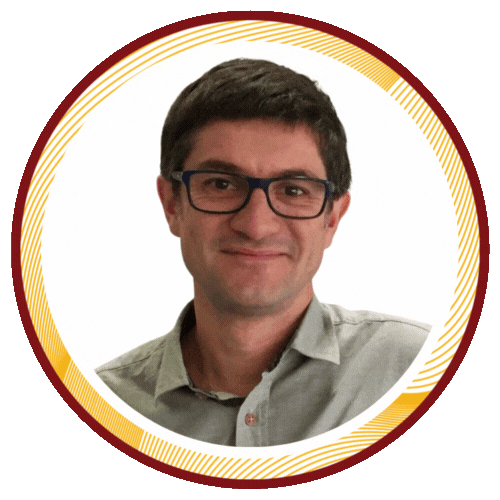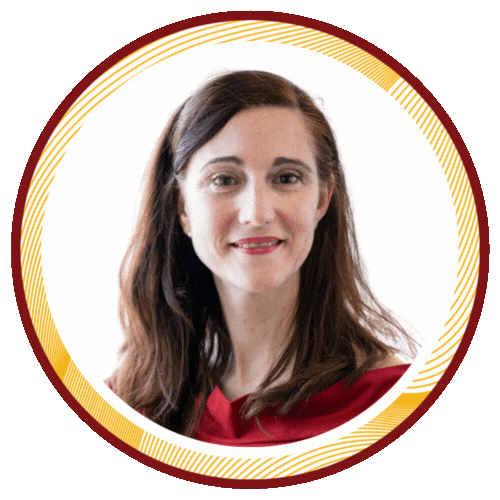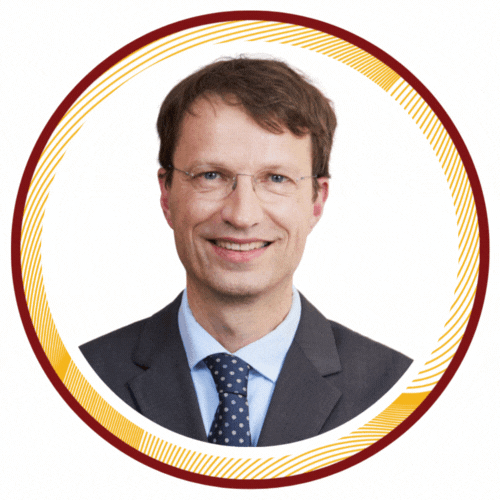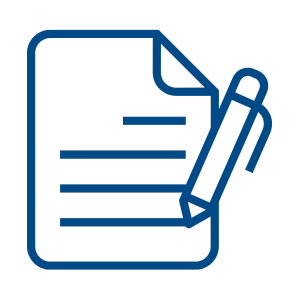Pre-congress Event
Global Consensus Meeting on Harmonising the Definition of Acute-on-Chronic Liver Failure (ACLF)
Date:
26 May 2026
Venue:
Attendance requires separate registration.
About the Global ACLF Consensus Meeting
Join us for a landmark event where, for the first time, EASL and its sister societies AASLD, APASL, ALEH, and SOLDA come together to forge a unified global definition of ACLF. Building on the Kyoto Consensus and the recent Defining Organ Failures Consensus, this initiative aims to overcome long-standing regional differences and accelerate progress for patients worldwide.
The first outcomes of this collaboration will be presented at the Global Consensus Meeting on Harmonising the Definition of ACLF, taking place on 26 May at the Porta Fira Hotel in Barcelona, the day before EASL Congress 2026. This will be an opportunity for the community to contribute to the discussion and help shape how we define ACLF in the future.
Access to this unique pre-Congress event is not included in the EASL Congress 2026 registration fee and can be purchased separately. Be part of history in the making—don’t miss it!
Meet the Organisers

Pau Sancho-Bru
Pau Sancho-Bru is Group Leader of the Liver Cell Plasticity and Tissue Repair group at IDIBAPS, and Associate Professor at University of Barcelona. His group is conducting translational research in the field of liver diseases, investigating the role of cell plasticity in wound healing and carcinogenesis. One of the main research interests of his group is the use of stem cells for biomedical and biotechnological applications and particularly to develop 3D organotypic in vitro systems for disease modeling and drug development.

Meritxell Huch
Meritxell Huch obtained her PhD in Barcelona in 2007 and did her postdoc in the Netherlands where she pioneered the generation of organoids from stomach, liver and pancreas. In 2014, she established her independent lab at the Gurdon Institute, Cambridge, UK where she developed the first human liver organoid models from healthy and diseased human liver tissue. In 2019, she received the Lise Meitner Award and moved to the Max Planck institute in Dresden. In 2022, she was elected Director and Scientific member of the Max Planck Society. She has received several prizes including the Otto Bayer Award and has recently been elected member of the German National Academy of Sciences Leopoldina.

Bernd Schnabl
Dr. Schnabl is a trained gastroenterologist and physician-scientist. He is Professor of Medicine in the Department of Medicine at the University of California San Diego, founding Director of the NIH-supported San Diego Digestive Diseases Research Center (SDDRC) and Director of Research for the Division of Gastroenterology. His research focus is to understand the complex multi-directional interactions that occur between the gut microbiota and the liver. Dr. Schnabl has published over 270 papers and was listed by Thomson Reuters/Clarivate as one of the most Highly Cited Researchers (top 1%) in 2019, 2021-2024. He serves as Associate Editor for Journal of Hepatology.

Discover the Programme
Session 1. Introduction: Which are the main diagnostic tools, and how do we use them?
This session sets the stage by addressing the fundamentals: how diagnostic accuracy is evaluated, what the modern role of liver biopsy is, how imaging and genetics are integrated, and how these tools influence patient care.
Session 2. Diagnostics in MASLD
Focusing on metabolic dysfunction-associated steatotic liver disease, this session will cover the spectrum from case finding to treatment response. Faculty will present the strengths and limitations of non-invasive tests (NITs) as biomarkers, their potential to replace biopsy in clinical trials, and their role in guiding therapy and predict clinical outcomes. This session will use MASLD to illustrate how a shift in diagnostics leads to a shift in mindset and clinical strategy.
Session 3. Advanced Chronic Liver Disease
From “cirrhosis” to “advanced chronic liver disease”, hepatology has shifted from a pathological ontology to a clinico-epidemiological construct focusing also on real-world data and outcomes rather than solely on laboratory findings. This session will explore how these shifts in diagnostics have changed clinical practice from lesion-based certainty to risk-based probability, from binary categories to continuum models, and from static to dynamic concepts. Questioning the relationship between liver histology, elastography, imaging, and other NITs, the faculty will discuss diagnosis, prognostication and HCC surveillance.
Session 4. Where are we going: Next-generation diagnostics
To finish, this forward-looking session will explore the frontier of diagnostics. Topics will include AI-powered histopathology, proteomics and metabolomics for molecular signatures, computational imaging and digital twins, and the rise of “connected patients” through wearables, sensors, and remote follow-up. Together, these tools invite us to imagine a future where hepatology is less about isolated tests and more about continuous, integrated, computationally driven medicine. Are we talking about sophisticated gadgets, or are we witnessing transformative innovations that will redefine hepatology altogether?


